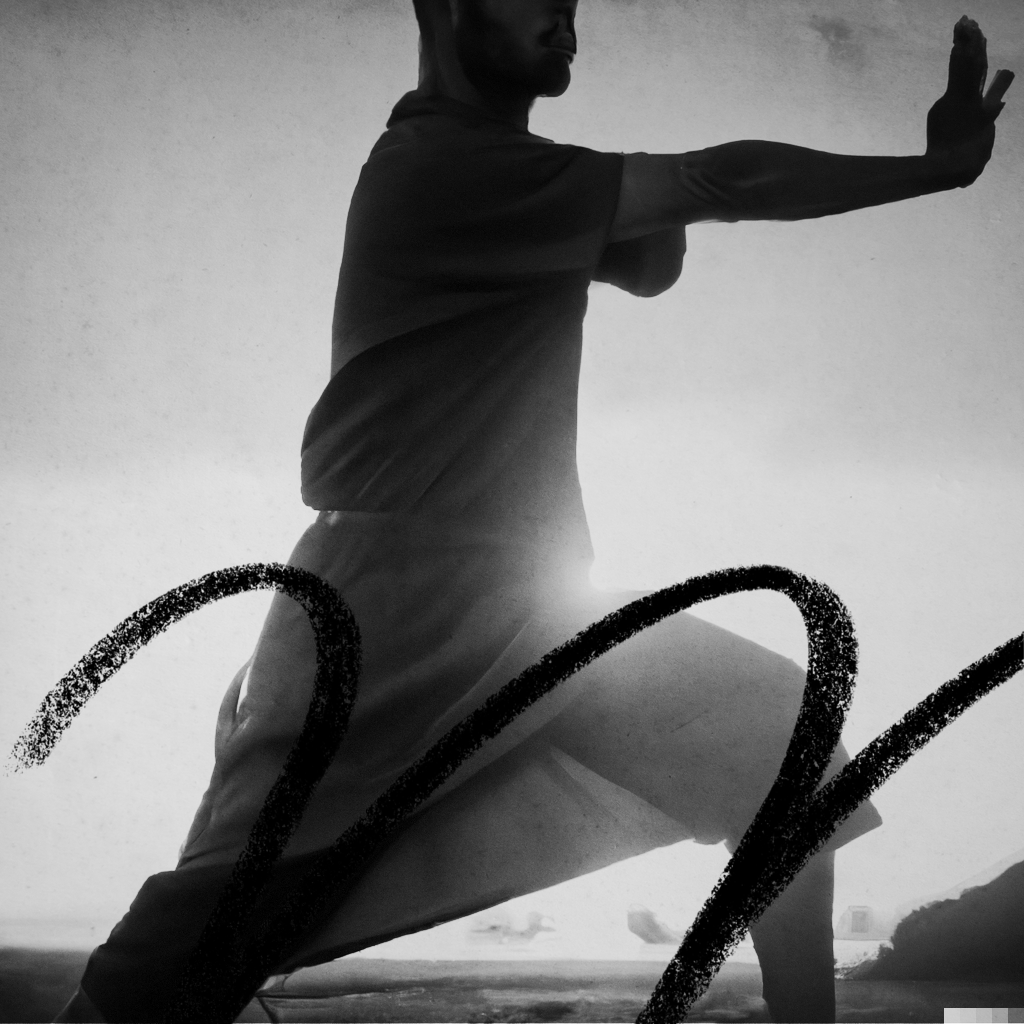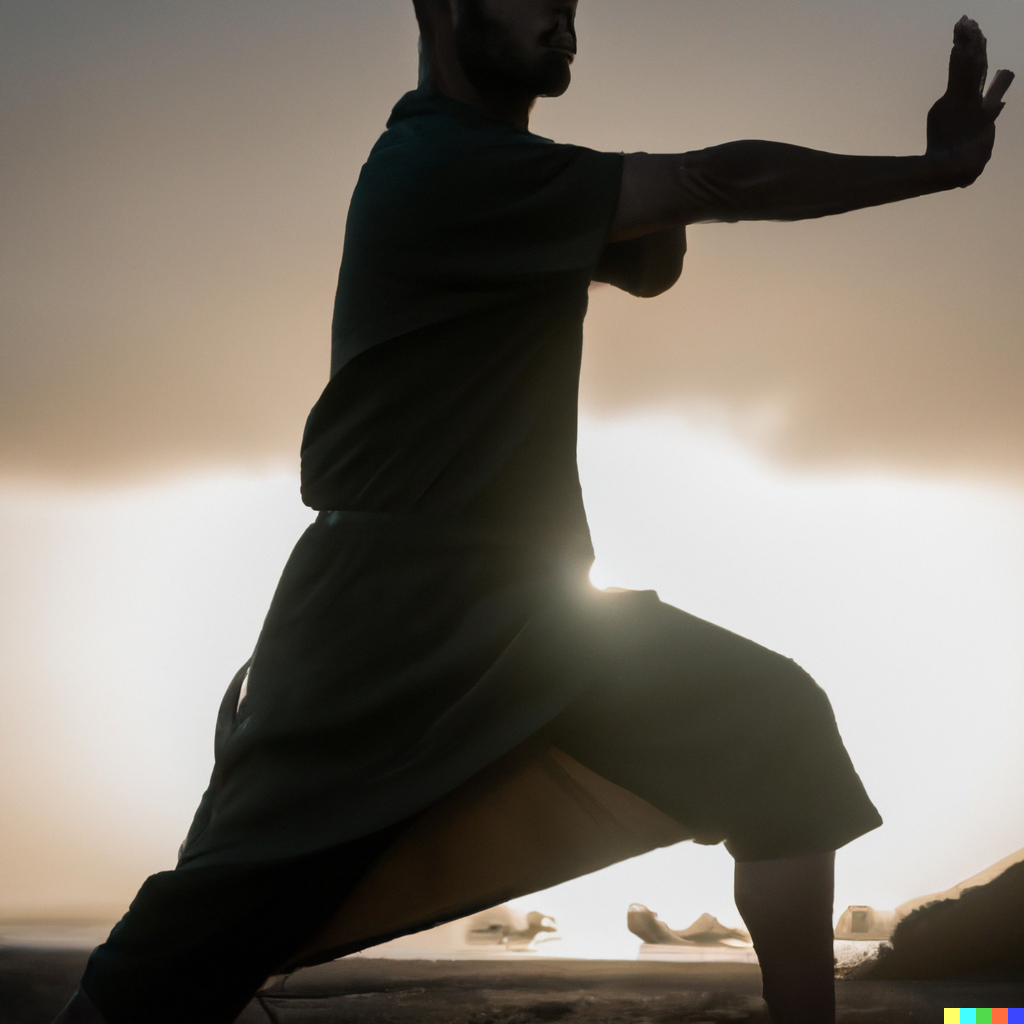
Good Positioning, Tactical Mindfulness & More
Here’s everything we published this week.
October 8, 2022
Knowledge Partner: McKinsey & Company
How to attract and retain talent amid the Great Attrition. If companies understand the differences among five common employee personas, they may be able to find and retain talent more effectively. Find out how here.
Happy Sunday!
Spooky season is upon us, the Elon Twitter deal is back from the dead, and this week, we have articles on positioning, mindfulness, and the ethics of AI image creation. But first, a quick announcement:
Our very own Dan Shipper is hosting a panel on the future of writing on Tuesday, October 11 at 5PM. If you’re in New York and are interested in attending, you can register here.
Now, on to the posts!
Good Positioning Makes Everything Easier
Nathan Baschez / DivinationsWhen Nathan first joined Substack in 2018, it was hard to explain what product category the company was competing in. It wasn’t until they started positioning themselves as a newsletter platform that everything changed. Lesson learned: choosing the right market frame for your product is essential. In other words, good positioning makes everything easier.
Resources on positioning that are out there today are useful up to a point. They’re great for telling you how to execute on a position—but when it comes to choosing the right position, they have less to offer. In this post, Nathan unpacks the secret to choosing the right positioning from a strategy perspective.
Tactical Mindfulness
Casey Rosengren / SuperorganizersIn physical fitness, there’s a difference between “exercising” and “training.” Exercise might help you break a sweat, but it’s not necessarily structured in any particular way. Training, on the other hand, is a deliberately structured approach to fitness that enables you to progress toward a specific goal.
Casey Rosengren believes that the same distinction can be applied to mindfulness: there’s meditating, without any specific goal or outcome in mind, and then there’s what he calls tactical mindfulness: training the mind toward a particular desired outcome or goal. In this piece, Casey breaks down the three core components of tactical mindfulness, and how to utilize them to deepen your meditation practice.
The Face That AI Built
The Only Subscription
You Need to
Stay at the
Edge of AI
The essential toolkit for those shaping the future
"This might be the best value you
can get from an AI subscription."
- Jay S.
Join 100,000+ leaders, builders, and innovators

Email address
Already have an account? Sign in
What is included in a subscription?
Daily insights from AI pioneers + early access to powerful AI tools









Comments
Don't have an account? Sign up!